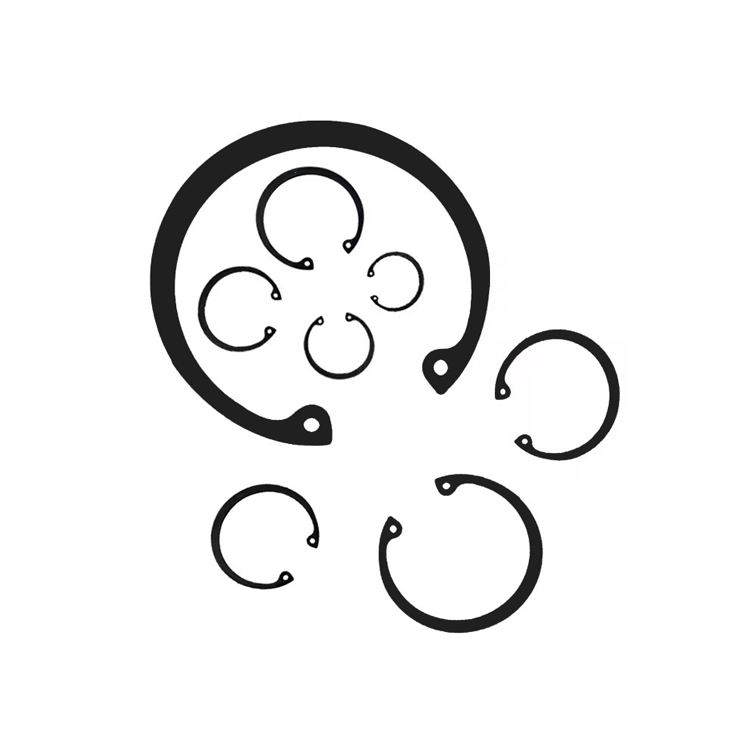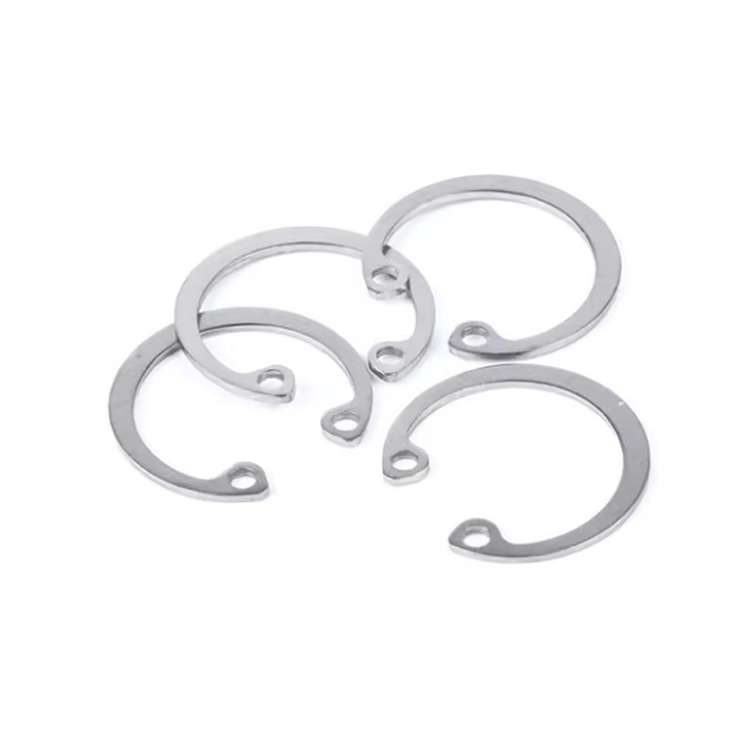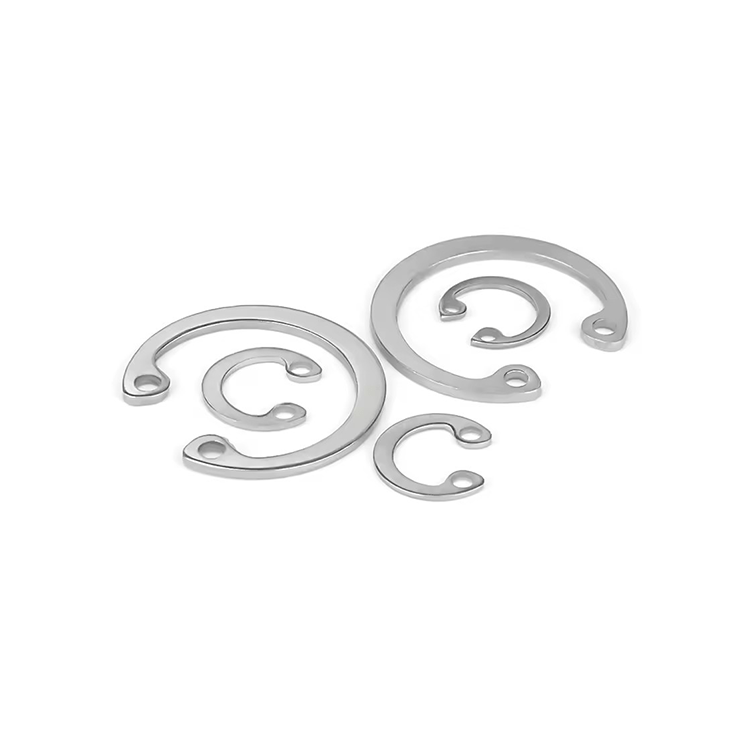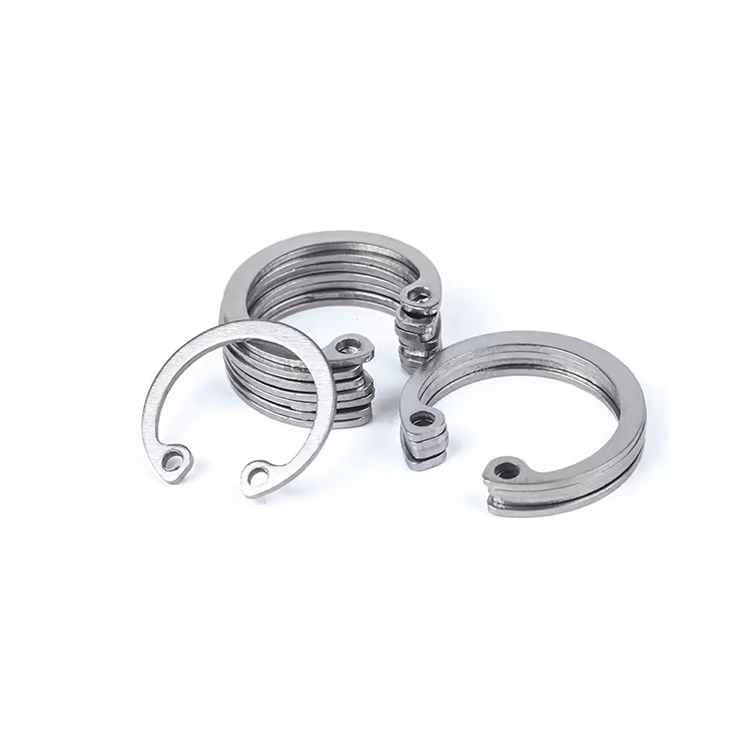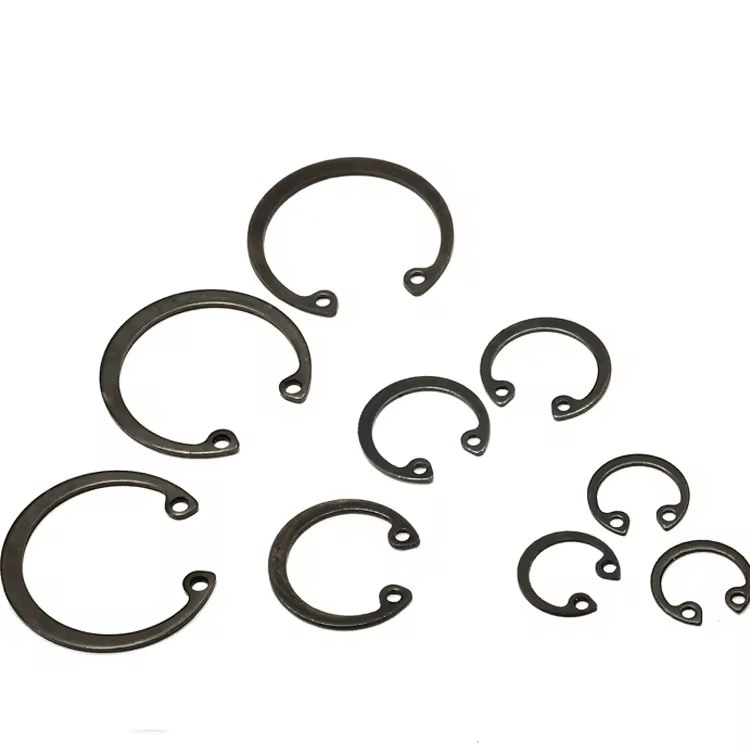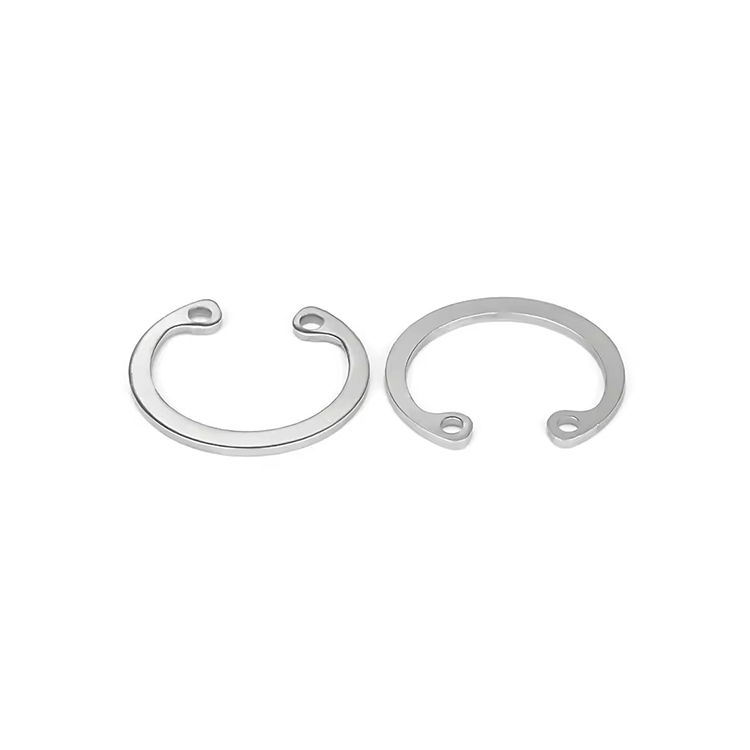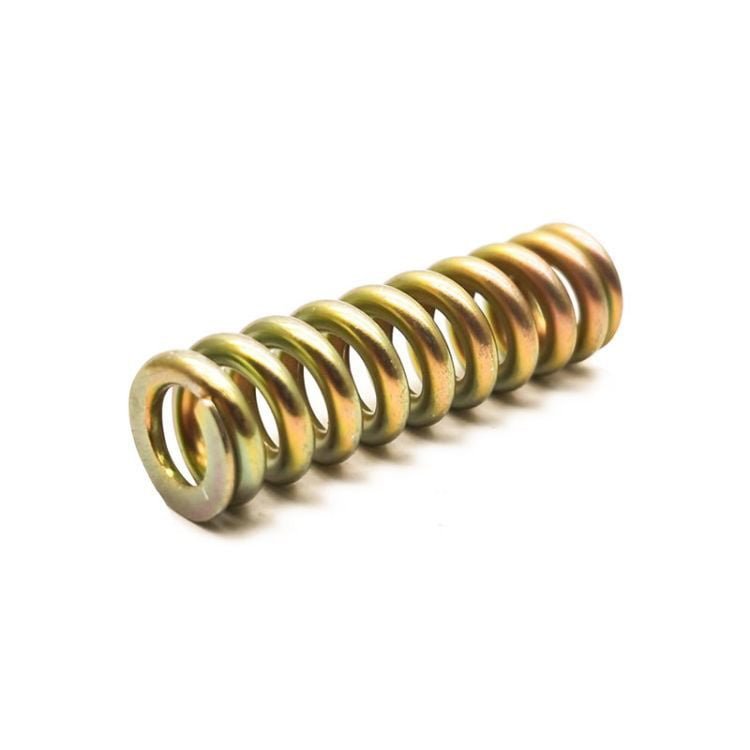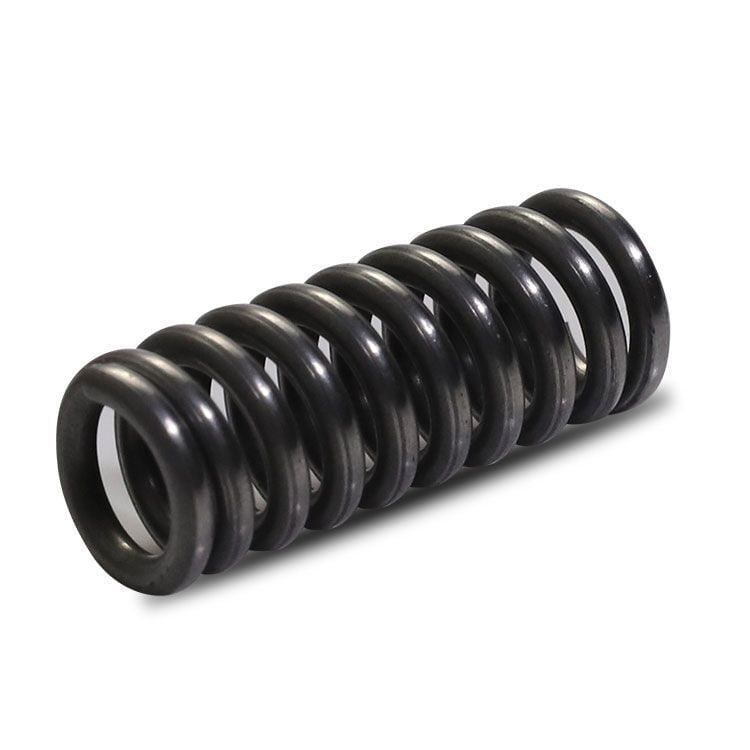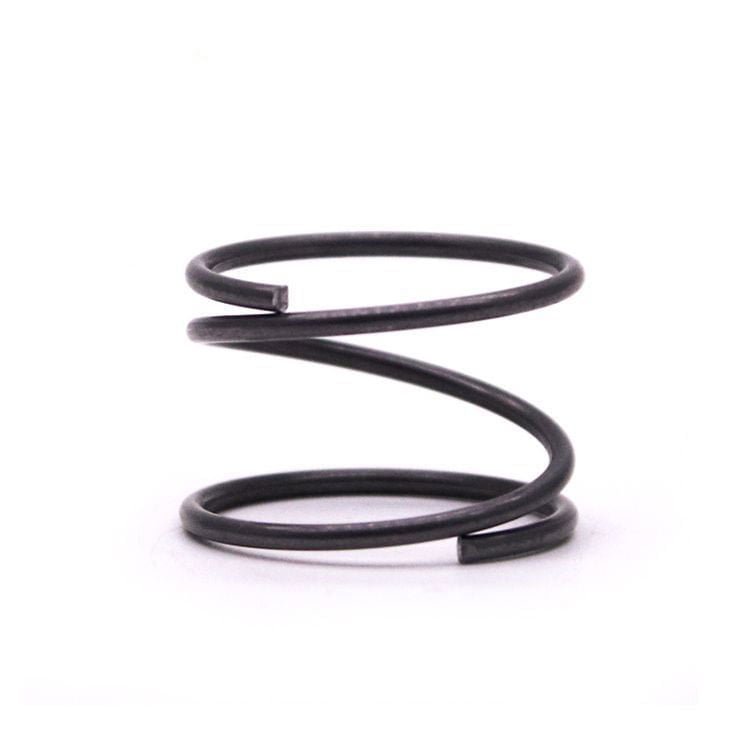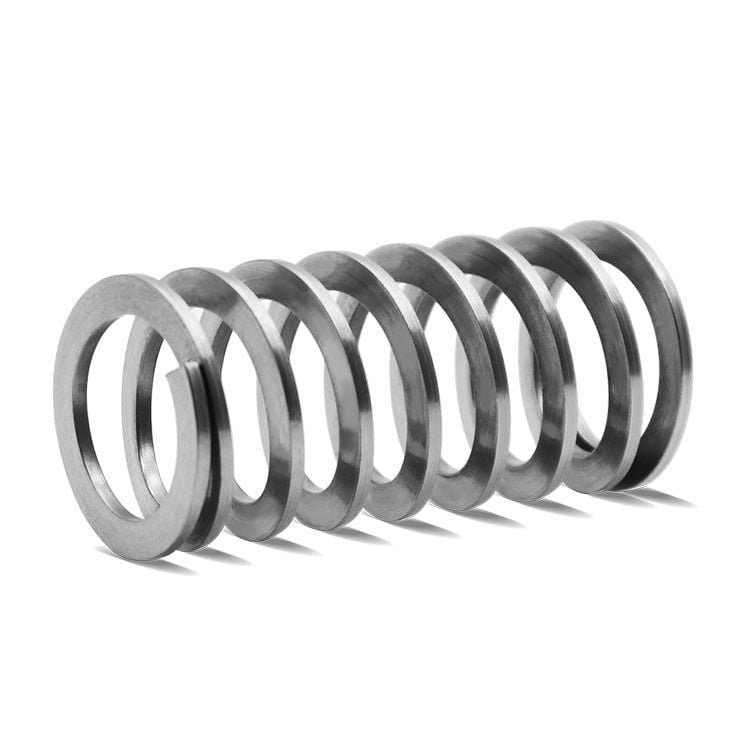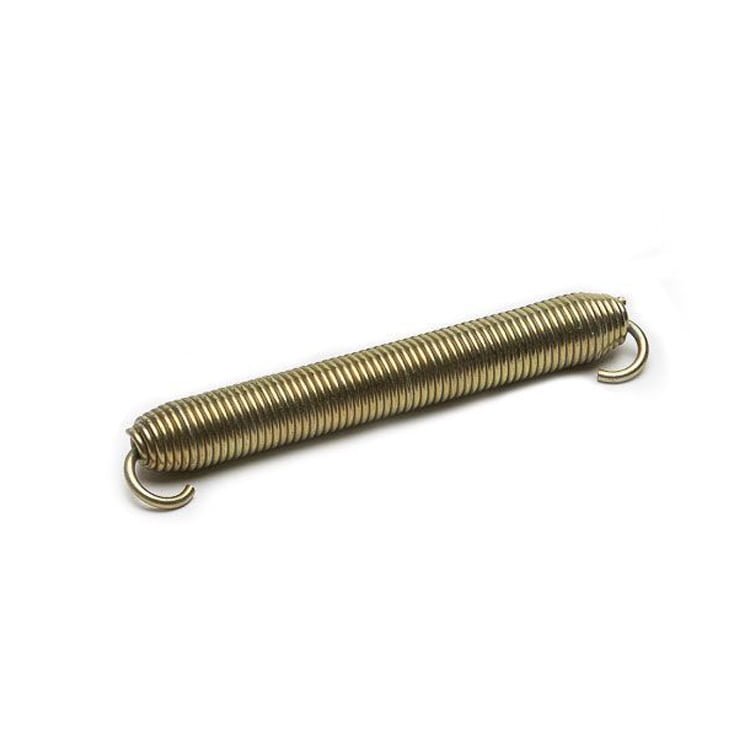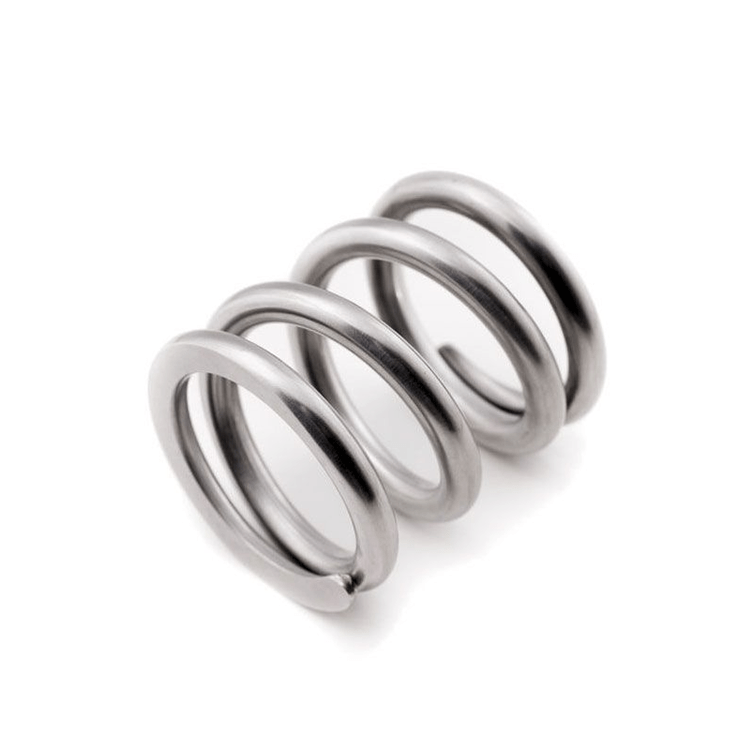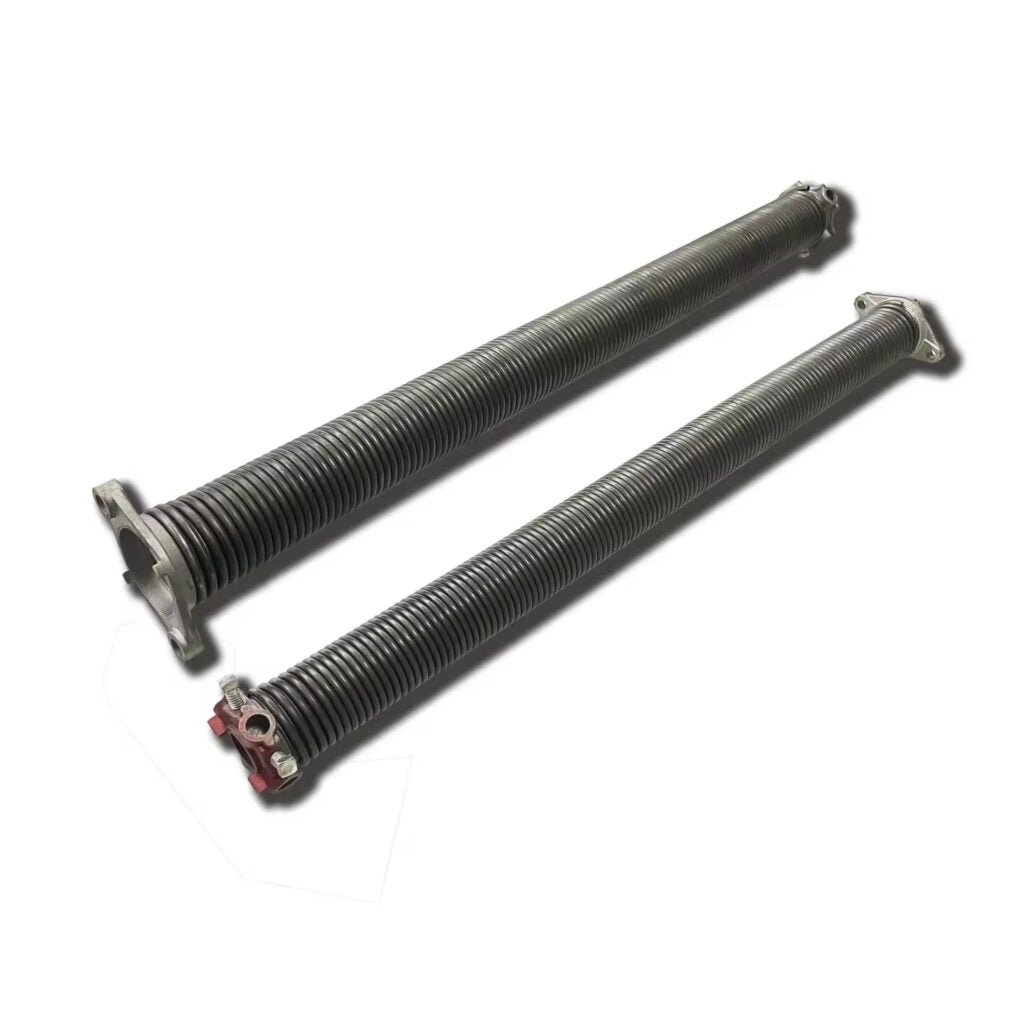Metric internal snap rings
Metric internal snap rings are a common type of hardware connector, mainly used to connect or fix two or more parts to prevent separation or loosening between them. Metric internal snap rings are circular elastic parts, and their inner diameters can engage with the outer diameters of shafts or pins to achieve the fixation effect. Although the direct mention of “metric” may more emphasize that its size follows the metric standard, internal circlips themselves can also be classified according to materials, shapes and specific application scenarios.
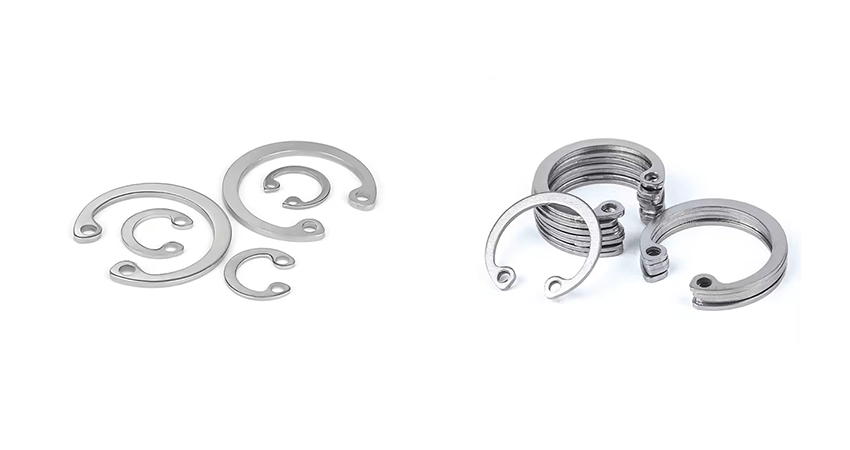
Metric internal snap rings have the advantages of simple structure, durability, easy installation and replacement. Their curved parts fit inside the connected parts and can effectively fix the connection components.
Metric internal snap rings are mainly used in equipment with light loads and low-speed operation, such as yachts, small mechanical equipment, etc. In addition, they are also widely used in the fields of machinery, automobiles, electronics, etc., to meet the fixing needs in different scenarios.
The main difference between internal lock ring and imperial internal circlips lies in the different metrology standards they follow, which directly affects their size specifications and representation methods.
1. Metrology standards:
- Metric internal snap rings: Follow the metric standard, and their size specifications are usually identified and measured in millimeters. The metric standard is a widely adopted metrology system worldwide, especially in the fields of engineering, manufacturing, and trade.
- Imperial internal circlips: Follow the imperial standard, and their size specifications are usually identified and measured in inches or fractional inches. The imperial standard was mainly used in the United Kingdom and its former colonial countries historically. However, in modern times, with the advancement of globalization, many fields have also begun to gradually shift to the metric standard.
2. Size specifications:
- Due to the different metrology standards, there will be significant differences in size specifications between Metric internal snap rings and imperial internal circlips. For example, the inner diameter of a Metric internal snap rings may be marked as 10mm, while the inner diameter of an imperial internal circlip may be marked as 0.3937 inches.
3. Marking methods:
- The marking method of Metric internal snap rings is usually more intuitive, with the size directly marked in millimeters.
- The marking method of imperial internal circlips may be more complex because imperial sizes may involve various representation methods such as inches, fractional inches, or decimal inches. This may lead to the need for more attention and conversion work when identifying and using imperial internal circlips.
4. Application and Compatibility:
- Metric internal snap rings and imperial internal circlips have wide applicability in their respective applications. However, due to the different metrology standards, they usually do not have direct compatibility. Therefore, when choosing and using internal circlips, it is necessary to determine the required metrology standard according to the specific equipment, parts, or application scenarios.
V. Conclusion:
- The main difference between internal lock ring and imperial internal circlips lies in the different metrology standards they follow, which leads to differences in size specifications, marking methods, and application and compatibility. When choosing and using internal circlips, it is necessary to determine the required metrology standard based on actual needs and ensure that the selected internal circlips match the equipment, parts, or application scenarios.
Metric internal snap rings are an important type of hardware connector, with wide application scenarios and significant fixing functions. During the process of selection, installation and maintenance, special attention should be paid to relevant details and techniques to ensure their normal operation and prolong their service life.
